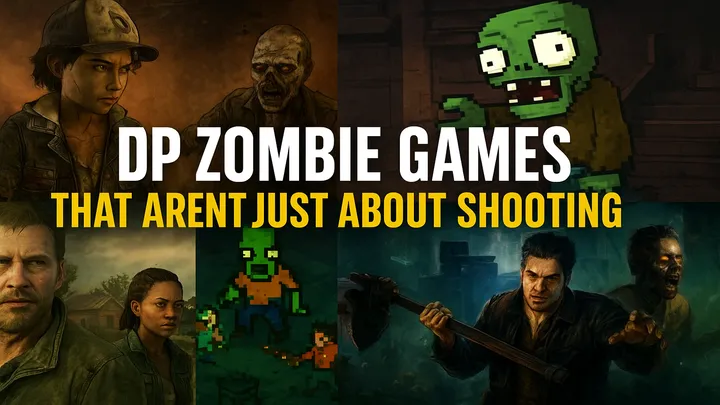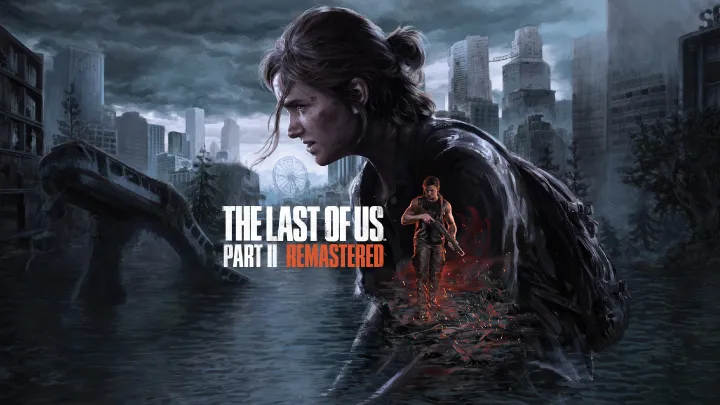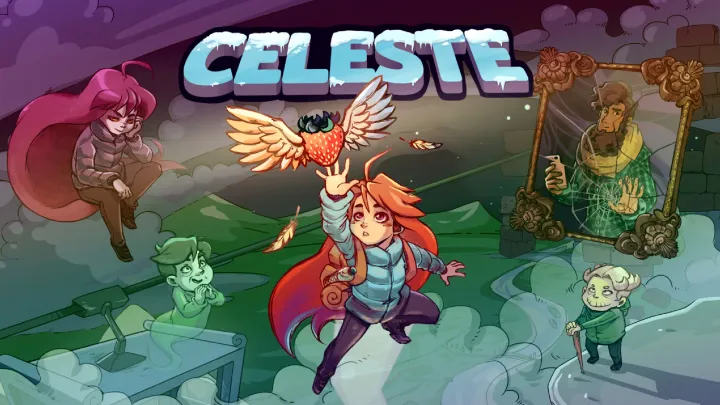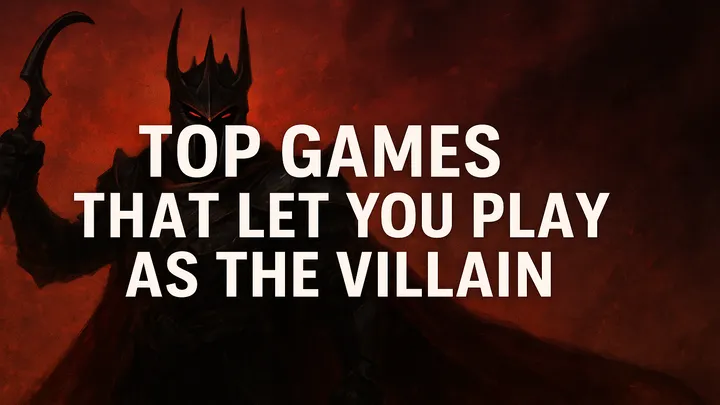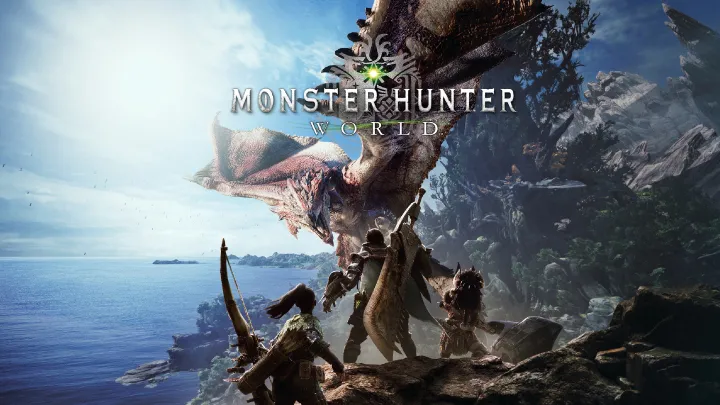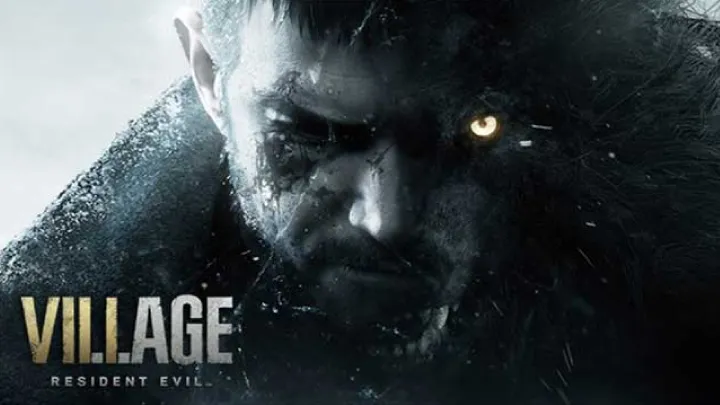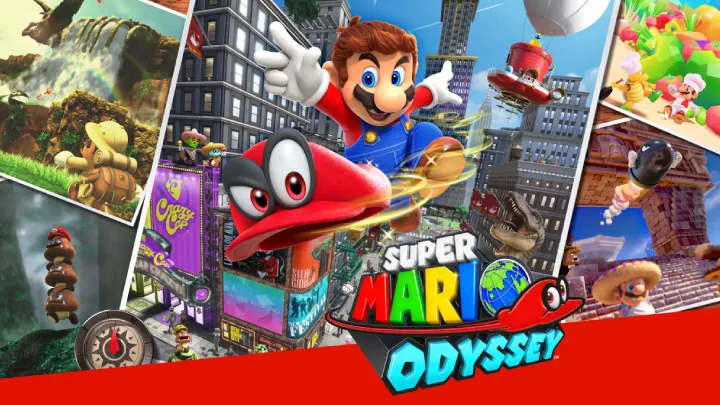Counter‑Strike 2, Valve’s ambitious overhaul of the iconic CS, continues to reshape the esports and gameplay landscape in 2025. With a refined map pool, technical improvements, and events that define its growing legacy, CS2 is undergoing one of its most dynamic years yet. In this feature we delve into ten key developments—each exploring themes of timing and meaning—that shape the state of CS2 today.1. Premier Season Two and Tactical Meta Shifts.
At the beginning of 2025, Valve launched Premier Season Two, resuming Premier matchmaking and recalibrating ranks based on Season One standings. Players received commemorative Season One medals, and Train was introduced into the Active Duty map pool while Vertigo was removed. Weapon balances shifted too with price cuts for M4A4 and FAMAS among other tweaks. These changes set the tone for a meta that leaned towards more controlled economy play, strategic map variety, and refreshed competitive habits.
The reintroduction of Train signified a return to classic tactical engagements. Vertigo’s removal, once controversial, made way for fresher strategies and forced teams to adapt more complex rotations. Premier matchmaking resumed, keeping the competitive community engaged and testing new paradigms.
2. Active Duty Map Pool Rebalanced
Throughout 2025, Valve adjusted the Active map pool. Dust II returned to replace Vertigo, while Overpass re-entered the Active cycle by midyear, replacing Anubis. The classic trio of Ancient, Dust II, and Mirage remained staples, supported by Inferno, Nuke, Overpass, and Train.
These shifts sparked widespread strategic recalibrations. Teams revisited long-held tactics, adapting lineups and strategies to fit the nuances of Overpass and Dust II that demand different approaches to mid control and rotations.
3. Major Competitive Events Define the Year
Counter‑Strike 2’s competitive scene witnessed marquee moments in mid‑2025. The BLAST.tv Austin Major took place in June, featuring a 32‑team format—a new expansion that broadened global participation. Team Vitality emerged triumphant over The MongolZ in a 2‑1 grand final, with star player ZywOo earning MVP honors for a second Major.
Meanwhile, the Esports World Cup 2025 in Riyadh saw The MongolZ claim victory over Aurora Gaming with a clean 3‑0 final victory. Falcons secured third place by defeating Vitality.
These tournaments showcased a shifting esports tide—team rosters rose and fell, and mastery over the evolving map pool became increasingly essential to success.
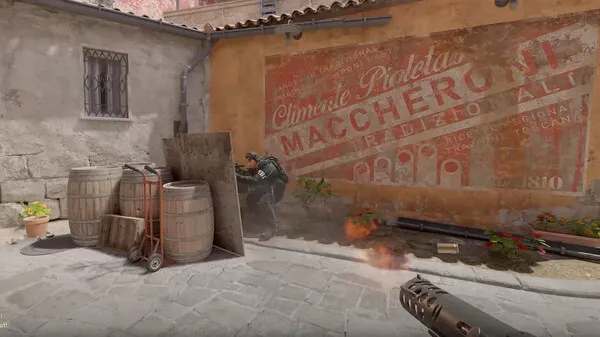
4. Valve’s Valve Regional Standings and Tournament Structure
In 2025 Valve’s official tournament invites now rely solely on the Valve Regional Standings (VRS), replacing franchised league systems like ESL or BLAST Premier. Events are categorized as Tier 1, Tier 2, Wildcard, or Unranked. The top 20 teams in regional ranking earn tickets to major Tier 1 events, reinforcing meritocracy in CS2’s landscape.
This shift underscores competitive integrity, placing emphasis on consistent global performance. It also reshaped how teams approach the circuit, ensuring every match can impact qualification for prominent tournaments.
5. Midyear Patch: AnimGraph2 and Map Polishing
Late July brought a major gameplay and technical update. Valve introduced AnimGraph2, a revamped animation system enhancing first‑person responsiveness and immersion. The patch also updated active maps, improved active audio cues, and rebalanced surf interactions.
Players reacted strongly to the new animation framework. While some celebrated improved fluidity, others found timing and feel altered subtly. Adjustments to map audio and clipping further improved competitive clarity.
6. August 19 Patch: Ancient and Shoots Tweaks
Another crucial patch landed on August 19. Ancient saw adjustments such as roof decoration reversion, restored wallbangs in the “cave,” soundscape changes, clipping fixes, and resolution of stuck items behind T‑side rubble. Shoots received similar clipping corrections. Valve also expanded access to map data for community creators.
This update demonstrated Valve’s commitment to smoothing gameplay issues while empowering creators. Sound design improvements aided spatial awareness during competitive play, and source content accessibility supports community creativity.
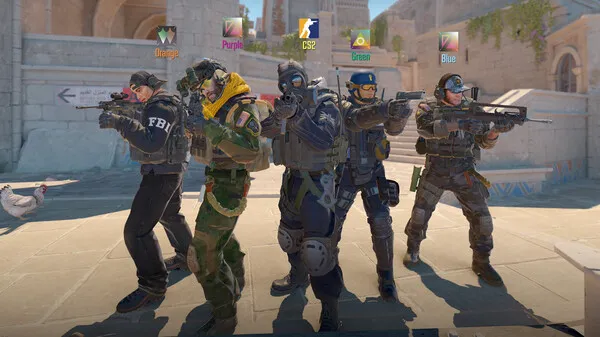
7. Technical Glitches and Steam Deck Challenges
However, some updates brought unintended side effects. On Steam Deck, users reported operator model flickering, texture problems, and erratic contrast on in‑game models. The touchscreen keyboard misbehavior also persisted post‑update.
These issues highlight the complexity of patching across platforms and stress the continuing need for cross‑platform QA—especially as Valve supports diverse hardware audiences.
8. Community Map Expansion and Workshop Empowerment
Beyond official updates, Valve steadily enriched the CS2 universe with community content. Throughout 2024–2025, several new community maps were added, including long‑loved maps such as Thera, Mills, Memento, Assembly, Pool Day, Basalt, Edin, Palais, Whistle, and a revamped Train. Workshop support enables players to craft and host matches on custom content.
This inclusive approach invigorates the modding community and keeps the game fresh. Amateur map designers now influence gameplay, giving rise to grassroots popularity and experimental map cycles.
9. Reno/SteamDB Insights & Valve’s Patch Cadence
SteamDB indicates the latest CS2 patch update occurred around August 18–21, 2025, revealing Valve’s regular operating cadence. These detailed internal logs help the community track build versions, updates, and timing.
Observing patch frequency reveals Valve’s rhythm: major gameplay and map updates spaced across months, punctuated by competitive events—creating a predictable yet dynamic development environment.
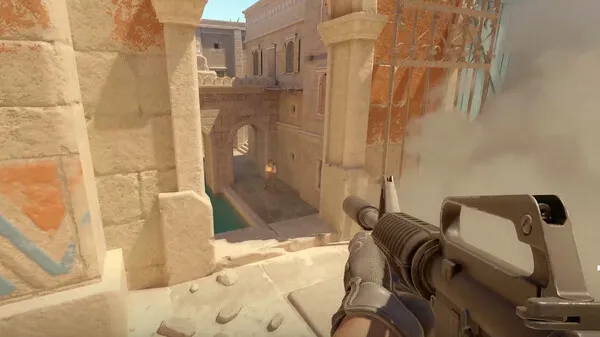
10. Community Sentiment and Pro Perspective
GameFAQs and Reddit discussions reflect how players respond to updates—from applause for smoother mechanics to frustration over consistent UI changes. Pro players emphasize the importance of rapid adjustment to map re-adds like Overpass and animation tweaks altering peek timing and recoil feel.
Meanwhile esports narratives of The MongolZ’s triumph in Riyadh and Vitality’s continued dominance after Austin paint a compelling story of power shifts and resilience on the pro scene.
Conclusion:
2025 has been transformative for Counter-Strike 2. Valve’s tuning of map pools, refined animation systems, and enriched community content provide players with evolving strategic environments. Tournaments like the Austin Major and Esports World Cup inject high-stakes drama, while revamped competitive structures and rankings ensure integrity and global inclusion.
This year underscores CS2’s ongoing maturation—balancing technical refinement with competitive excitement, community engagement, and storytelling. As Valve continues to iterate, the game evolves from follow-up to legacy—securing its place in esports history.









